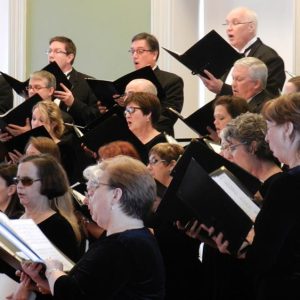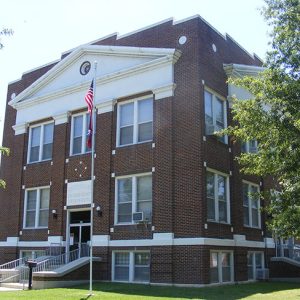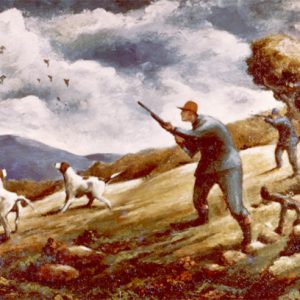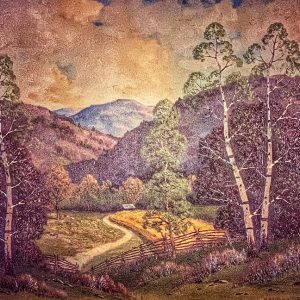 Arkansas Bar Association Veterans Memorial
Arkansas Bar Association Veterans Memorial
Entry Category: Arts
 Arkansas Bar Association Veterans Memorial
Arkansas Bar Association Veterans Memorial
Arkansas Bluebird of Happiness
aka: Bluebird of Happiness
 Arkansas Bluebird of Happiness
Arkansas Bluebird of Happiness
 Arkansas Carpet and Furniture Company
Arkansas Carpet and Furniture Company
Arkansas Chamber Singers
 Arkansas Chamber Singers
Arkansas Chamber Singers
 Arkansas Chamber Singers
Arkansas Chamber Singers
Arkansas Committee of the National Museum of Women in the Arts
 Arkansas County Courthouse, Northern District
Arkansas County Courthouse, Northern District
Arkansas County Courthouse, Northern District
Arkansas County Courthouse, Southern District
Arkansas Craft Guild
 Arkansas Craft Guild
Arkansas Craft Guild
 Arkansas Craft Guild and Gallery Store
Arkansas Craft Guild and Gallery Store
Arkansas Fonts
Arkansas Humanities Council (AHC)
aka: Arkansas Endowment for the Humanities
 Arkansas Hunting
Arkansas Hunting
 Arkansas Hunting
Arkansas Hunting
Arkansas Museum of Fine Arts
 Arkansas Museum of Fine Arts
Arkansas Museum of Fine Arts
 Arkansas Museum of Fine Arts
Arkansas Museum of Fine Arts
 Arkansas Museum of Fine Arts
Arkansas Museum of Fine Arts
Arkansas Ordnance Plant Guard House
Arkansas Repertory Theatre
Arkansas River Blues Society
Arkansas State Capitol Building
 Arkansas State Capitol Building
Arkansas State Capitol Building
Arkansas Symphony Orchestra
 Arkansas Traveler Music
Arkansas Traveler Music
Arkansas Waltz
 "Arkansas" by Eva Ware Barnett's
"Arkansas" by Eva Ware Barnett's
 Arlington Hotel Entrance
Arlington Hotel Entrance
 Arlington Orchestra
Arlington Orchestra
Armstrong III, Ralph Waldo
 Army-Navy Hospital Building
Army-Navy Hospital Building
Arts & Science Center for Southeast Arkansas
 Arts & Science Center for Southeast Arkansas
Arts & Science Center for Southeast Arkansas
Arts, Culture, and Entertainment
 As You Like It
As You Like It
 Ruth Asawa
Ruth Asawa
 Ruth Asawa
Ruth Asawa
Asawa, Ruth
Ashley, Hubert Carl (Hugh)
 ASO String Quartet
ASO String Quartet
 Henry Atchley House
Henry Atchley House
Audubon, John James
Augustus Garland House
 Augustus Garland House
Augustus Garland House
 Autumn in the Ozarks
Autumn in the Ozarks
 Avilla Church
Avilla Church




